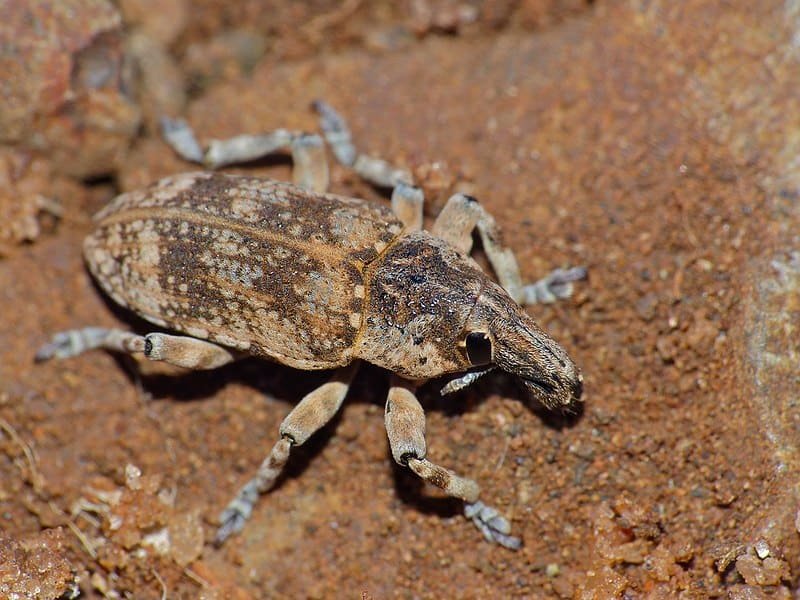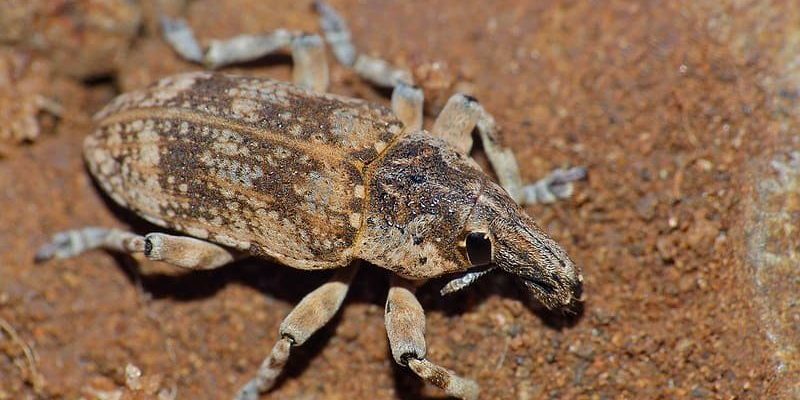
Weevils are a type of beetle, and they come in many shapes and sizes. There are over 60,000 species of weevils alone! Some might even call them the “unsung heroes” of ecosystems. They can be found in various habitats, including forests, grasslands, and even your backyard. So, what makes these little critters so vital? Let’s dive into the fascinating world of weevils and discover their roles, contributions, and the ripple effects they create within ecosystems.
What are Weevils?
Weevils belong to the family of beetles known as Curculionidae. They are often recognized by their long snouts and curved bodies. These petite insects can range from a mere few millimeters to over a centimeter in length. Their unique appearance is not just for show; their long snouts help them feed on various plants and grains, which is what sets them apart from other beetles.
One important thing to note is that weevils are not just pests. Sure, some species can harm crops, but many play beneficial roles in their habitats. They are found all over the world, contributing to both plant health and soil quality. So, don’t judge a bug by its size; these little guys carry a lot of weight in the grand scheme of things.
Weevils and Plant Health
You might be surprised to learn that weevils are essential for plant health. They help with pollination, seed dispersal, and even breaking down decaying plant matter. Let’s take a closer look:
- Pollination: Certain weevil species are known for pollinating various plants. As they feed on flowers, they unknowingly transfer pollen from one bloom to another, aiding in plant reproduction.
- Seed Dispersal: Weevils often eat seeds and then excrete them in different locations. This helps in the germination process and promotes plant diversity.
- Decomposition: As weevils break down decaying plant matter, they contribute to nutrient cycling in the soil. This process enhances soil fertility, leading to healthier ecosystems.
So, while weevils might seem small and insignificant, their role in supporting plant health is anything but. They help maintain a healthy balance in our ecosystems, making them invaluable allies.
The Role of Weevils in Soil Quality
Weevils play a significant part in maintaining and improving soil quality. Healthy soil is crucial for the overall health of an ecosystem—think of it as the foundation of a house. Here’s what weevils contribute:
- Nutrient Cycling: Weevils help decompose organic matter, which releases vital nutrients back into the soil. This replenishes the earth and supports plant growth.
- Soil Aeration: As weevils burrow through the soil, they create small tunnels. This promotes aeration, allowing air and water to penetrate deeper into the ground, which in turn benefits plant roots.
- Microbial Activity: The decaying organic matter weevils aid in breaking down attracts beneficial microbes. These organisms help enhance soil quality and plant health.
In essence, weevils ensure that the soil remains rich and fertile, which is essential for sustaining diverse plant and animal life.
Weevils as Prey in the Food Chain
In the grand tapestry of nature, every creature has its place. Weevils are crucial in the food chain, providing nourishment for various animals. They serve as a meal for birds, mammals, and even other insects. By being a food source, weevils contribute to the survival of other species, demonstrating their interconnectedness within the ecosystem.
Imagine a bird hunting for its next snack. When it catches a weevil, that small meal provides energy for survival and reproduction. This cycle continues, ensuring that weevils, despite their tiny size, support larger creatures and help maintain a balanced ecosystem.
Weevils and Pest Control
Interestingly, some weevils can help control pest populations. Certain species are natural predators of more invasive insects or larvae. For example, the rice weevil is known for targeting and consuming pests that threaten crops. By keeping these populations in check, weevils contribute to sustainable farming practices and reduce the need for chemical pesticides.
Consider this: if farmers didn’t have to resort to chemicals as often, the surrounding environment would remain healthier. Weevils help create a natural balance, reducing the need for artificial pest control methods.
Challenges Facing Weevils and Their Ecosystem Roles
While weevils bring a lot of benefits, they aren’t free from challenges. Habitat loss, climate change, and pollution are just a few of the issues affecting their populations. When weevils decline, the ripple effects can be felt throughout ecosystems. This can lead to reduced soil quality, poorer plant health, and an imbalance in the food chain.
Taking steps to protect weevil habitats is essential. This could mean adopting sustainable farming techniques, reducing pesticide usage, or simply promoting biodiversity in local gardens. The more we can support these tiny heroes, the healthier our ecosystems will be.
Weevils might not grab headlines or Instagram likes, but their roles in ecosystems are vital. From promoting plant health and enhancing soil quality to serving as food for other animals and controlling pests, they’re like the unsung heroes of nature.
Honestly, the more we learn about weevils, the more we realize how interconnected everything in nature truly is. By appreciating and protecting these little beetles, we contribute to the well-being of our planet. So, next time you see a weevil, remember its significant role in maintaining the delicate balance of our ecosystems. They may be small, but their impact is nothing short of monumental!

